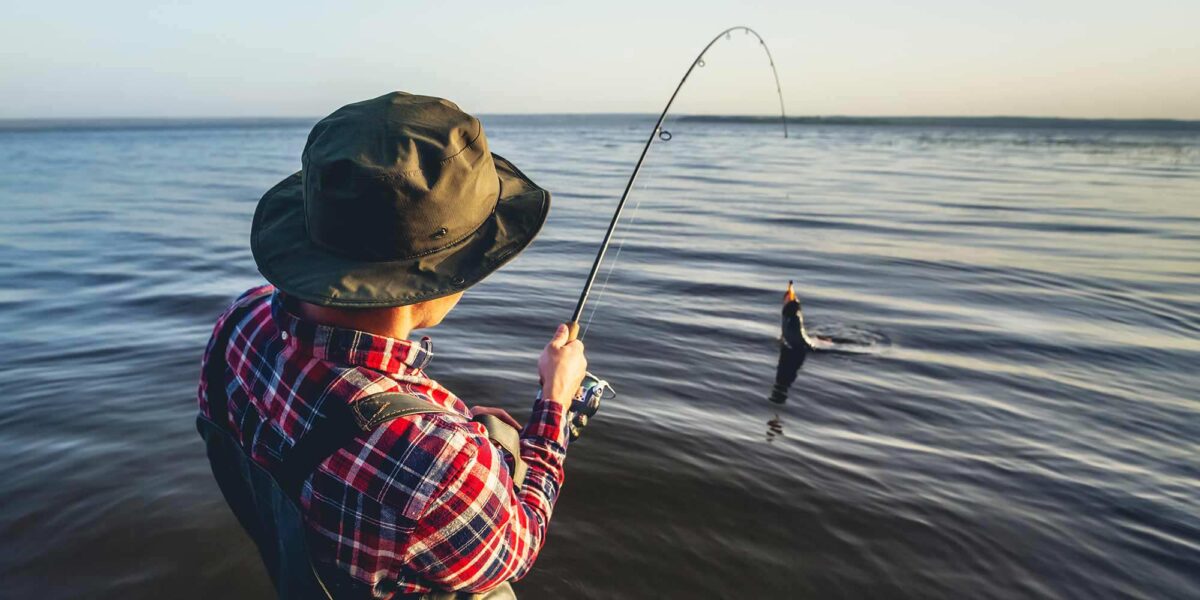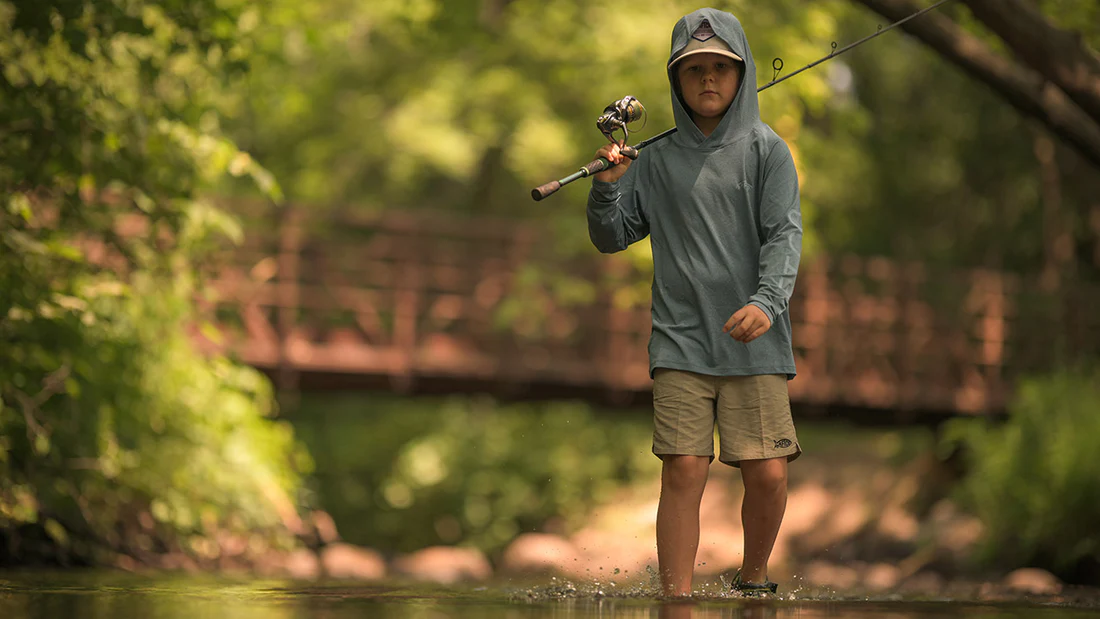Selecting the Ideal Spinning Rod for Novice Anglers
Fishing is a fulfilling and calming hobby that brings a lot of joy and satisfaction. A crucial component of a successful fishing experience is having the right gear, and the spinning rod is a key part of that. In this detailed guide, we’ll help you understand how to choose the best spinning rod for beginner anglers, making your first fishing trip both successful and enjoyable.
1. Spinning Rod Length
When selecting a spinning rod, the first consideration is its length. For beginners, a rod between 6 and 8 feet (1.8 to 2.4 meters) is ideal. Shorter rods, around 6 feet, are perfect for fishing in smaller areas with limited space, providing excellent control. They are well-suited for catching smaller fish in confined waters. Conversely, longer rods, ranging from 7 to 8 feet, offer extended casting distances, allowing anglers to reach further spots in larger bodies of water, ideal for bigger fish and open environments.
2. Rod Power and Action
Rod power indicates the strength required to bend the rod, which ranges from ultralight to heavy. For novices, medium-light to medium power rods are recommended, as they offer versatility for various fishing methods. Medium-light rods are great for smaller species and finesse techniques, while medium power rods can handle a wide array of lures and fish sizes.
Rod action describes how much the rod bends under pressure. Beginners should opt for moderate or moderate-fast action rods. Moderate action rods bend in the middle, offering a balance of sensitivity and casting distance, making it easier to feel bites and control the fish during retrieval. Moderate-fast action rods bend closer to the tip, providing quick hook sets and better control, suitable for a variety of fishing scenarios.
3. Rod Material
Modern spinning rods are typically made from graphite (carbon fiber) or composite materials. Graphite rods are an excellent choice for beginners due to their lightweight, strength, and sensitivity, providing better feedback and helping detect subtle bites. Composite rods, which combine graphite and fiberglass, are also a good option, especially for those on a budget. They offer a balance of durability and sensitivity, making them versatile for different fishing conditions.
4. Handle and Reel Seat
The handle and reel seat of the spinning rod significantly affect comfort during fishing. Handles are made from cork, EVA (ethylene-vinyl acetate), or a combination of both. Cork handles provide a comfortable and traditional grip, while EVA handles are durable and moisture-resistant, offering a firm, non-slip hold. The reel seat should be secure and easy to use, ensuring the reel stays in place without wobbling during casting and retrieving.
5. Guides and Their Placement
The guides on a spinning rod are essential for controlling the line during casting and retrieving. High-quality guides made from materials like stainless steel or ceramic reduce friction and enhance line flow, preventing tangles and improving casting distance. For beginners, rods with well-placed guides that evenly distribute stress along the rod blank are recommended, as they enhance the rod’s strength and sensitivity.
6. Budget Considerations
When choosing a spinning rod, it’s important to keep your budget in mind. Beginners should aim for a rod within the $50 to $150 range. While it might be tempting to opt for the cheapest option, investing a bit more in a quality rod can significantly enhance your fishing experience, providing better performance and longevity.

Additional Tips for Beginners
- Visit Local Tackle Shops: Whenever possible, go to a local tackle shop to test the rod in person. Check how it feels, its weight, balance, and overall comfort. This hands-on approach can help you make a more informed decision.
- Target Species Consideration: Think about the fish species you plan to catch. Different species require different rod specifications. A versatile medium power, moderate action rod can handle a wide range of species, making it a good starting point.
- Pair with the Right Reel: Ensure your spinning rod is paired with a compatible spinning reel. A balanced rod and reel setup will provide better performance and reduce fatigue during long fishing sessions.
- Seek Advice from Experienced Anglers: Don’t hesitate to ask for recommendations from experienced anglers or fishing community members. They can provide valuable insights and help you choose the right gear based on local fishing conditions and your specific needs.
Conclusion
Choosing the right spinning rod for beginner anglers is a crucial step towards a successful fishing journey. By considering factors such as length, power, action, material, handle, guides, and budget, you can find the perfect rod that will serve you well for many years. Don’t hesitate to try different models to find the one that suits you best.
Happy fishing!
